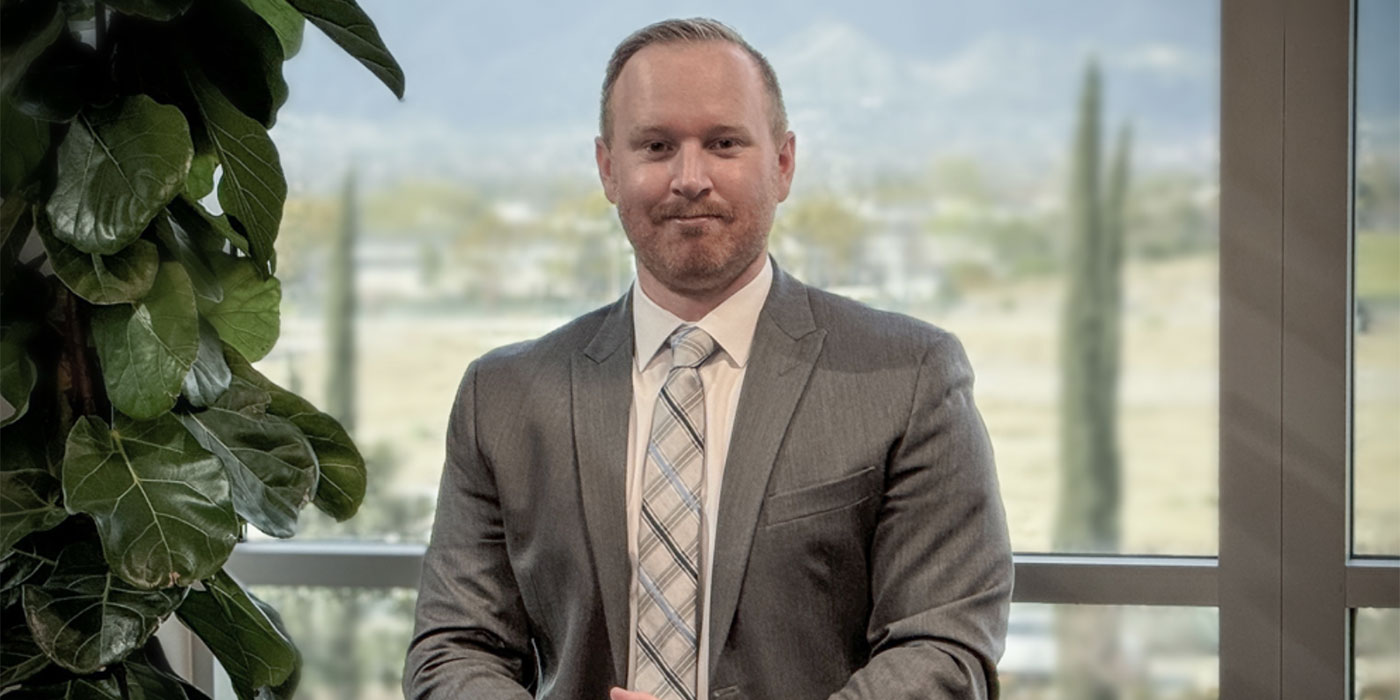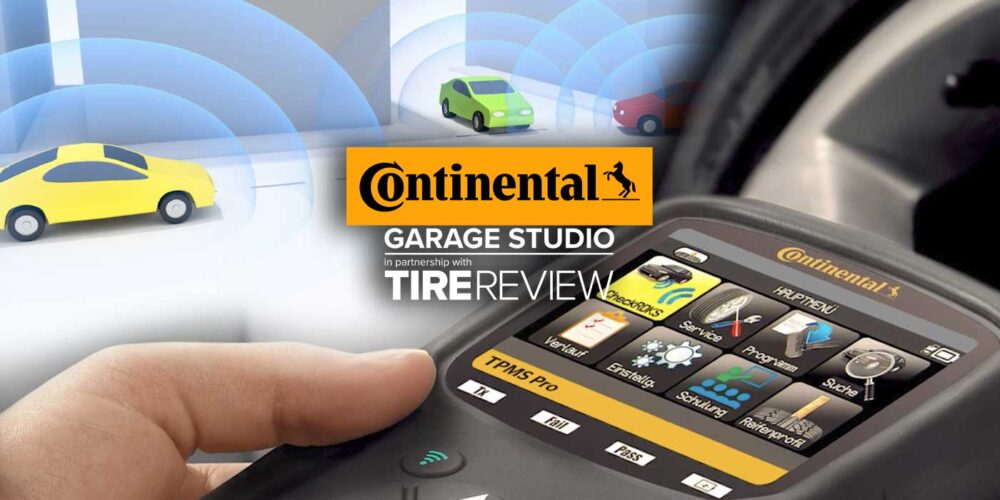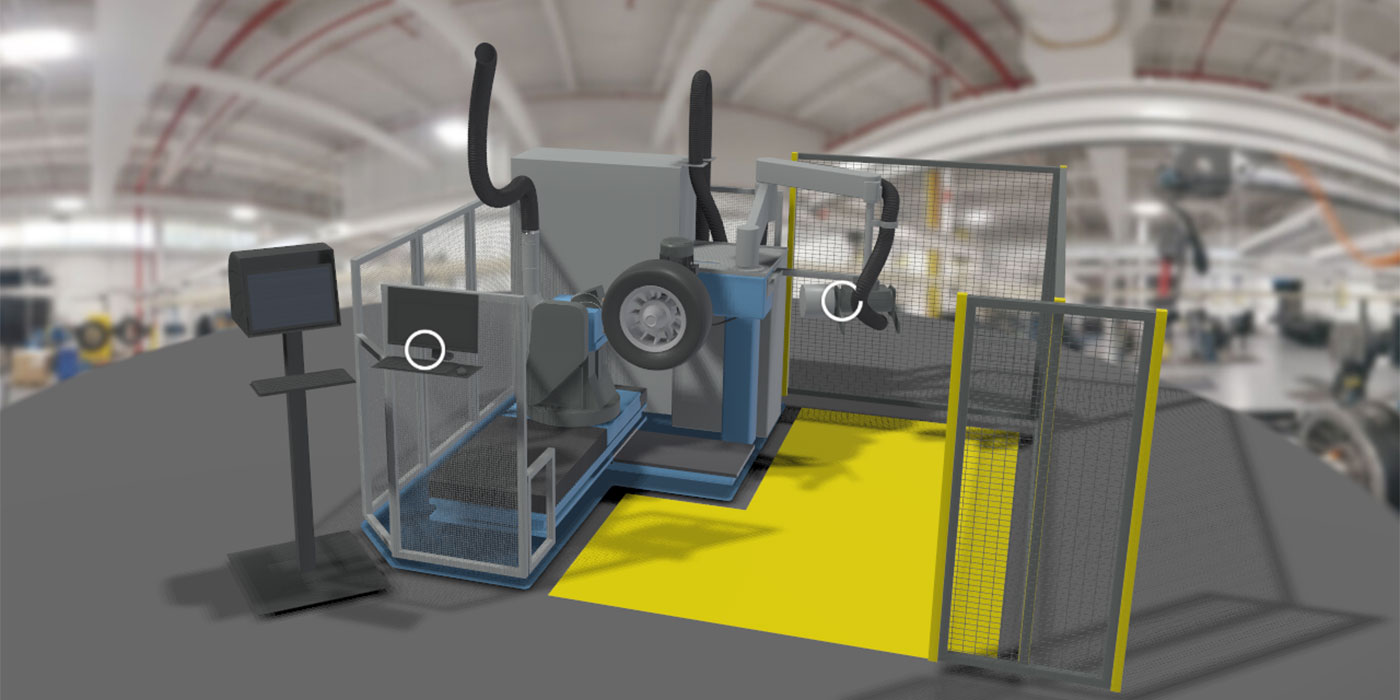Despite his best efforts, Bandvulc director, Richard O’Connell’s desire to see government level the playing field on carbon dioxide emissions has sadly run into a dead end.
This column has commented on the difficulties faced by the manufacturing business several times. But imagine if – in addition to sky-rocketing energy prices, a strong currency, high labour costs and a general manufacturing downturn – your business also had to compete against a well-intentioned system that is designed to benefit some companies at the detriment of others. That’s exactly what the Climate Change Levy (CCL) does to retreaders.
Under the current system, the retreading industry has to pay 100% of the CCL on the energy it consumes whereas new tyre manufacturers only pay 20%. By becoming more efficient and lowering its energy costs per tyre, Bandvulc, for example, is now well below the government’s required threshold for an exemption from the Levy.
O’Connell uses cars to illustrate how the system works: "It effectively says that if you drive a large 4×4 car that consumes a lot of fuel you will be subsidised because it’s expensive to run. However, if you drive a small economy car that is efficient you’ll be penalised because you can afford to spend the money that you’ve saved on fuel.” Now I am not suggesting that either part of the manufacturing business should be financially penalised for what it does, but surely a basically level playing field is a better way operate?
This month O’Connell received a government letter confirming his fears that retreaders will be unfairly penalised for the foreseeable future. And what’s more is demonstrated Ben Bradshaw’s complete ignorance of the subject: “It’s up to the tyre recycling industry to guarantee that its product is equal in every respect to a new premium tyre,” the minister wrote. Don’t ECE regulations 108 and 109 do that? In fact The German ministry of transportation went a step further: “The ECE regulations 108 and 109 [are] higher quality products than some low-priced products that are currently (June 1998) imported without fulfilling necessary quality and safety standards.”
Other countries, the United States and Italy are two notable examples, offer support for the retreading business in the shape of retread fitment quotas on government vehicles. The U.S. policy, for example, is designed to ensure that 25 per cent of government vehicles are fitted with retreads. While there are mixed opinions about the Italian system – sources tell T&A that the application of this rule is somewhat variable in practice – there are at least guidelines in place. The U.K. government’s efforts can only be described as empty gestures: the Government Car and Despatch Agency recently invited O’Connell to present the case for retreads – but only after the department had allocated its tyre contract!
If the U.K. government wants to show the tyre industry that its green credentials are worth the [recycled] paper they are written on, why doesn’t it start supporting an industry that produces around 1 million truck retreads every year, saving an estimated 15 million gallons of oil and 44,000 tonnes of rubber?
(By Chris Anthony, editor, Tyres & Accessories)















